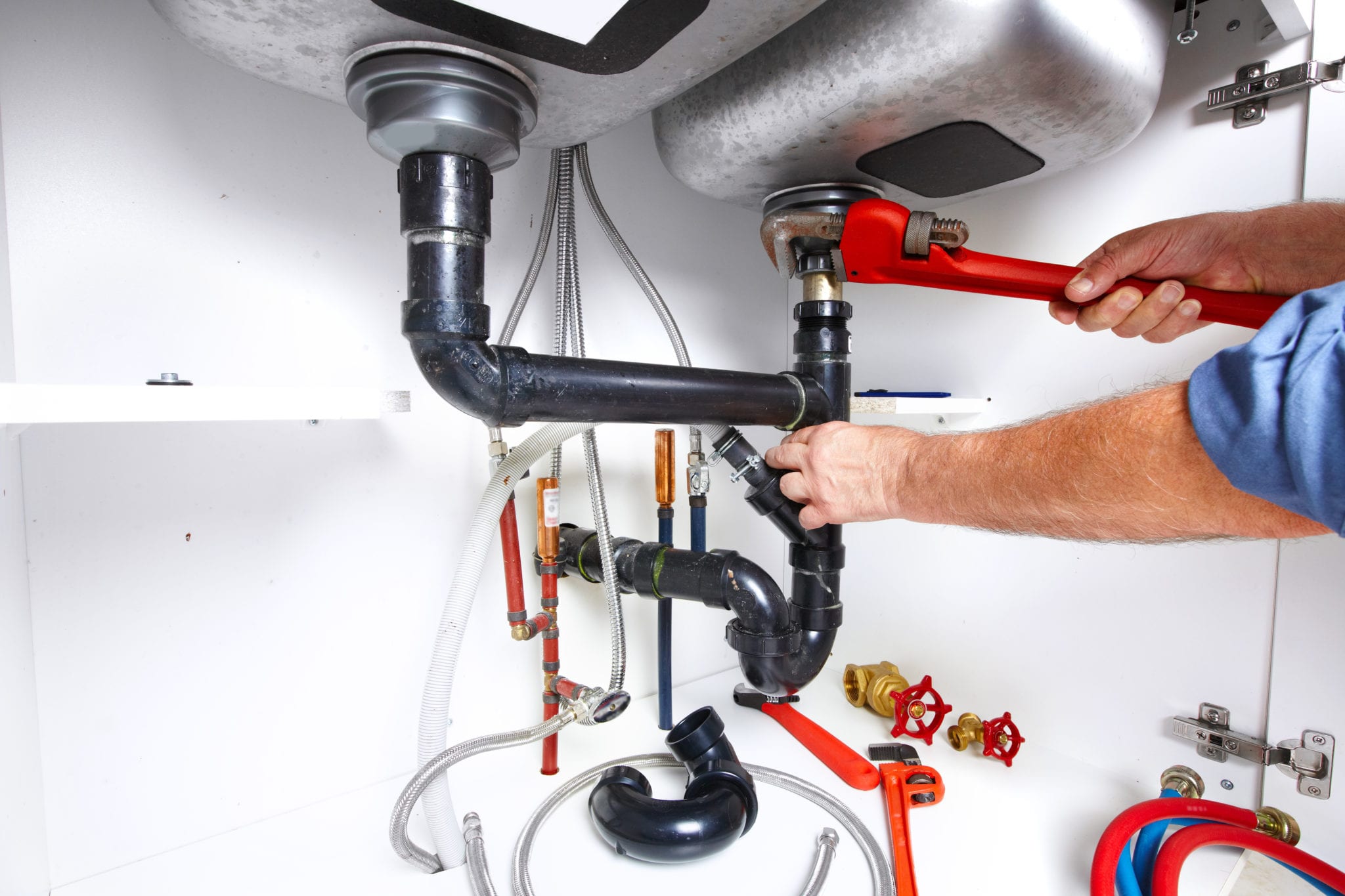Exactly how to Examine If Your Residence Has a Hidden Leak
Exactly how to Examine If Your Residence Has a Hidden Leak
Blog Article
We have stumbled on this great article pertaining to Finding hidden leaks below on the internet and thought it made good sense to relate it with you over here.

Early detection of dripping water lines can alleviate a prospective calamity. Some little water leaks might not be noticeable.
1. Examine the Water Meter
Every home has a water meter. Inspecting it is a proven manner in which assists you find leakages. For beginners, switch off all the water resources. Guarantee no one will purge, use the tap, shower, run the washing device or dishwashing machine. From there, go to the meter and also watch if it will alter. Since no one is using it, there ought to be no motions. That suggests a fast-moving leak if it relocates. If you detect no adjustments, wait an hour or 2 as well as examine back once again. This implies you may have a slow-moving leakage that can also be underground.
2. Examine Water Intake
If you spot unexpected adjustments, despite your usage being the very same, it suggests that you have leaks in your plumbing system. An abrupt spike in your bill indicates a fast-moving leak.
A constant increase every month, even with the exact same habits, shows you have a slow-moving leak that's additionally gradually intensifying. Call a plumber to extensively examine your home, especially if you feel a cozy area on your flooring with piping underneath.
3. Do a Food Coloring Test
When it concerns water usage, 30% originates from toilets. Test to see if they are running properly. Decline flecks of food color in the container as well as wait 10 minutes. There's a leakage in between the container and also bowl if the shade in some way infiltrates your bowl during that time without flushing.
4. Asses Exterior Lines
Don't forget to inspect your exterior water lines too. Test spigots by attaching a garden hose. Must water permeate out of the link, you have a loosened rubber gasket. Replace this as well as guarantee all connections are limited. If you have actually obtained a sprinkler system, it will certainly aid get it skillfully examined as well as maintained annually. One small leakage can squander lots of water as well as surge your water expense.
5. Assess the circumstance as well as inspect
House owners ought to make it a habit to check under the sink counters and also even inside cupboards for any kind of bad odor or mold development. These 2 red flags show a leak so punctual attention is called for. Doing routine evaluations, even bi-annually, can conserve you from a significant issue.
Check for stainings and also damaging as most pipelines as well as appliances have a life span. If you presume dripping water lines in your plumbing system, don't wait for it to rise.
Early detection of dripping water lines can minimize a possible disaster. Some little water leakages may not be visible. Inspecting it is a proven way that aids you find leakages. One little leak can lose tons of water and spike your water bill.
If you believe leaking water lines in your plumbing system, do not wait for it to rise.
WARNING SIGNS OF WATER LEAKAGE BEHIND THE WALL
PERSISTENT MUSTY ODORS
As water slowly drips from a leaky pipe inside the wall, flooring and sheetrock stay damp and develop an odor similar to wet cardboard. It generates a musty smell that can help you find hidden leaks.
MOLD IN UNUSUAL AREAS
Mold usually grows in wet areas like kitchens, baths and laundry rooms. If you spot the stuff on walls or baseboards in other rooms of the house, it’s a good indicator of undetected water leaks.
STAINS THAT GROW
When mold thrives around a leaky pipe, it sometimes takes hold on the inside surface of the affected wall. A growing stain on otherwise clean sheetrock is often your sign of a hidden plumbing problem.
PEELING OR BUBBLING WALLPAPER / PAINT
This clue is easy to miss in rooms that don’t get much use. When you see wallpaper separating along seams or paint bubbling or flaking off the wall, blame sheetrock that stays wet because of an undetected leak.
BUCKLED CEILINGS AND STAINED FLOORS
If ceilings or floors in bathrooms, kitchens or laundry areas develop structural problems, don’t rule out constant damp inside the walls. Wet sheetrock can affect adjacent framing, flooring and ceilings.
https://www.servicemasterbyzaba.com/blog/how-to-detect-water-leakage-in-walls/

As a keen reader on Top leak detection hacks, I assumed sharing that piece of writing was really useful. Please set aside a second to promote this blog post if you appreciated it. Thanks a lot for your time. Kindly pay a visit to our blog back soon.
Report this page